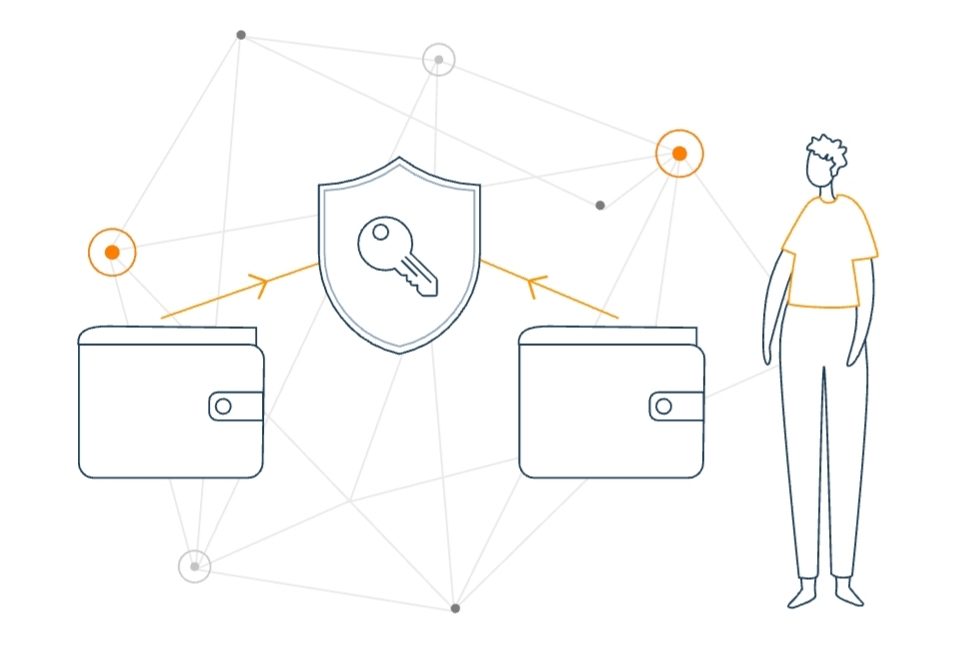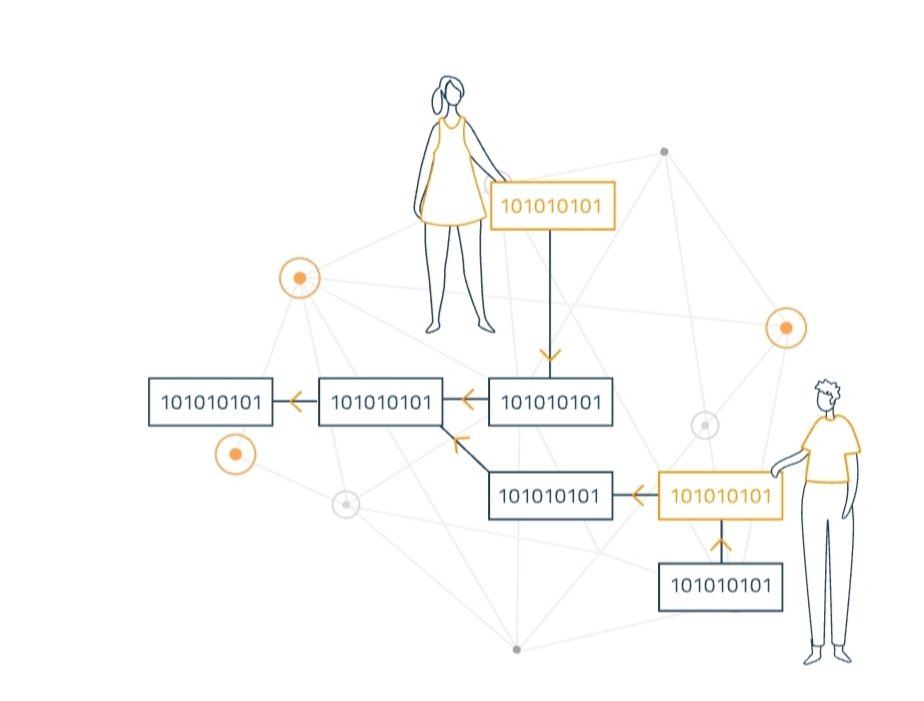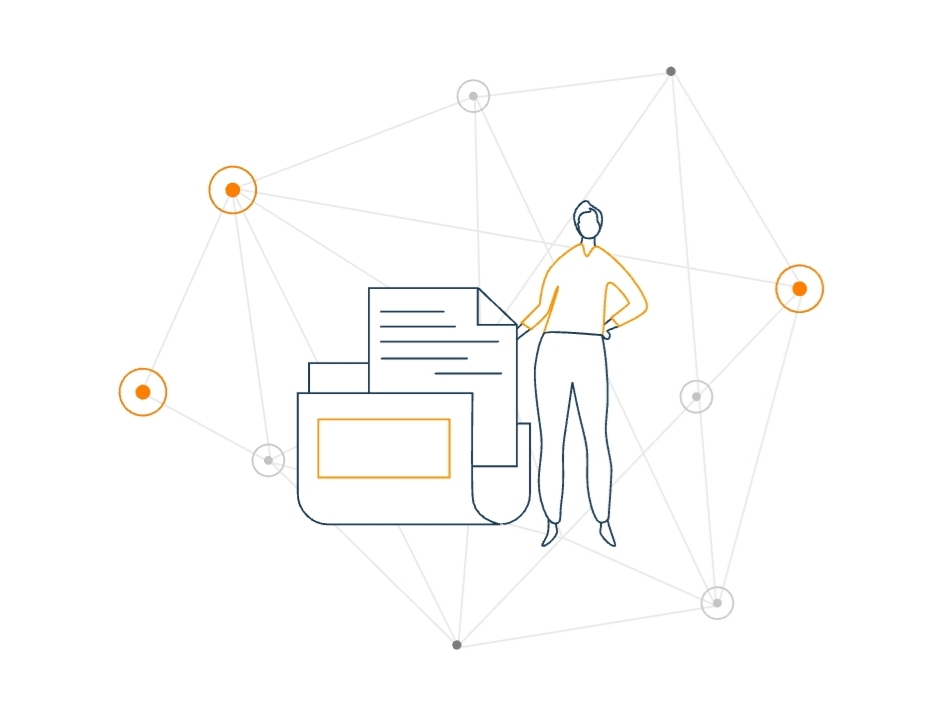Bitcoin: Everything about Bitcoin and How Bitcoin works for New Users
Invention of Bitcoin
Bitcoin (₿) is a cryptocurrency invented in 2008 by an unknown person or group of people using the name Satoshi Nakamotoand started in 2009 when its implementation was released as opem-source software.
It is a decentralized digital currency without a single adminstrator that can be sent from user to user on the peer-to-peer bitcoin network without the need for intermediaries and it doesn’t need a Central bank. Transactions are verified by network nodes through cryptography and recorded in a public distributed ledger called a blockchain.
Bitcoins are created as a reward for a process known as mining. They can be exchanged for other currencies, products, and services. Research produced by University of cambridge estimates that in 2017, there were 2.9 to 5.8 million unique users using a cryptocurrency wallet most of them using bitcoin.
Bitcoin has been praised and criticized. Critics noted its use in illegal transactions, the large amount of electricity used by miners, price volatility, and thefts from exchanges. Some economists, have characterized it as a speculative bubble. Bitcoin has also been used as an investment, although several regulatory agencies have issued investor alerts about bitcoin.
How To Use Bitcoin As A New User
New users can get started with Bitcoin without understanding the technical details. Once you’ve installed a Bitcoin wallet on your computer or mobile phone, it will generate your first Bitcoin address and you can create more whenever you need one. You can disclose your addresses to your friends so that they can pay you or vice versa. In fact, this is pretty similar to how email works, except that Bitcoin addresses should be used only once.
The Blockchain –Balances
The block chain is a shared public ledger on which the entire Bitcoin network relies. All confirmed transactions are included in the block chain. It allows Bitcoin wallets to calculate their spendable balance so that new transactions can be verified thereby ensuring they’re actually owned by the spender. The integrity and the chronological order of the block chain are enforced with cryptography

Transactions – Private Transactions
A transaction is a transfer of value between Bitcoin wallets that gets included in the block chain. Bitcoin wallets keep a secret piece of data called a private key or seed, which is used to sign transactions, providing a mathematical proof that they have come from the owner of the wallet. The signature also prevents the transaction from being altered by anybody once it has been issued. All transactions are broadcast to the network and usually begin to be confirmed within 10-20 minutes, through a process called mining.

Mining– Processing
Mining is a distributed consensus system that is used to confirm pending transactions by including them in the block chain. It enforces a chronological order in the block chain, protects the neutrality of the network, and allows different computers to agree on the state of the system. To be confirmed, transactions must be packed in a block that fits very strict cryptographic rules that will be verified by the network. These rules prevent previous blocks from being modified because doing so would invalidate all the subsequent blocks. Mining also creates the equivalent of a competitive lottery that prevents any individual from easily adding new blocks consecutively to the block chain. In this way, no group or individuals can control what is included in the block chain or replace parts of the block chain to roll back their own spends.

This is just a short summary of Bitcoin especially for new users

- Comedian Dave Chappelle tests positive for coronavirus cancels shows - January 28, 2021
- Boeing declares $12billion loss for 2020 - January 28, 2021
- American singer Halsey reveals she is pregnant with 1st child - January 28, 2021








